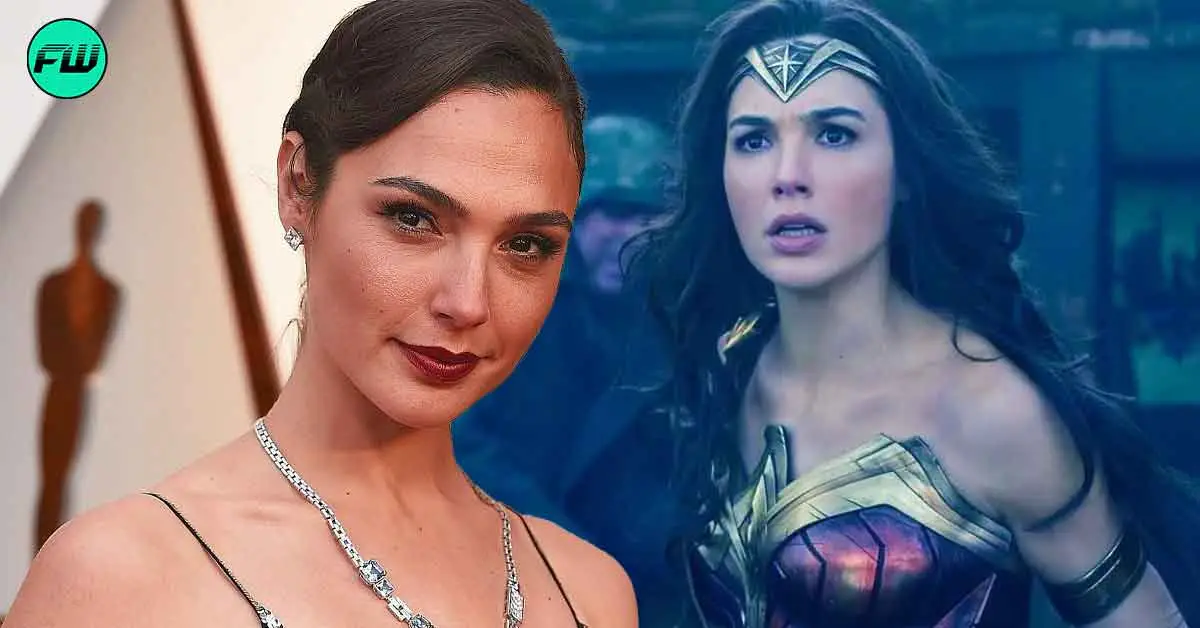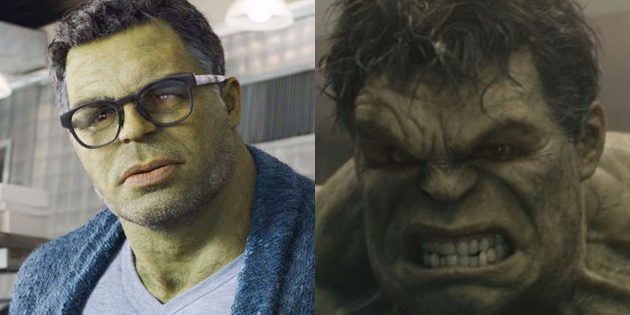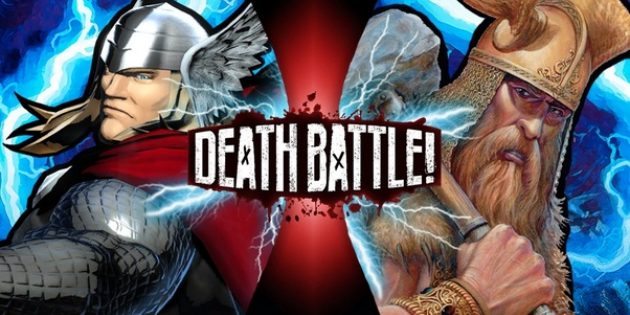Perhaps more than any previous era of Marvel Studios’ franchise, the MCU Phase 4 seemed to include many confusing plot holes. In the development of a shared universe as massive as the MCU, continuity needs to be a major consideration, as each project informs the next, so the throughline and overarching storyline needs to be clear and precise in every installment. While Marvel Studios has done a good job of cultivating a cinematic universe jam-packed with interesting and complex characters and spanning the length and breadth of the entire universe, there is often information that falls through the cracks, creating glaring plot holes that are difficult to miss.
Marvel Studios’ Phase 4 has been one of the franchise’s biggest offenders when it comes to plot holes – most likely due to the sheer amount of material that was produced as part of this era of the MCU. Phase 4 began in 2021 with the release of WandaVision, Marvel Studios’ first TV series set in the MCU, and came to a close with November 2022’s Guardians of the Galaxy Holiday Special. Consisting of seven films, eight TV shows, and two Special Presentations, Phase 4 was the biggest era of the MCU since its inception, which meant that it was also rife with confusing plot holes ready to be investigated.
14 Eternals’ Celestial Is A Major MCU Plot Hole
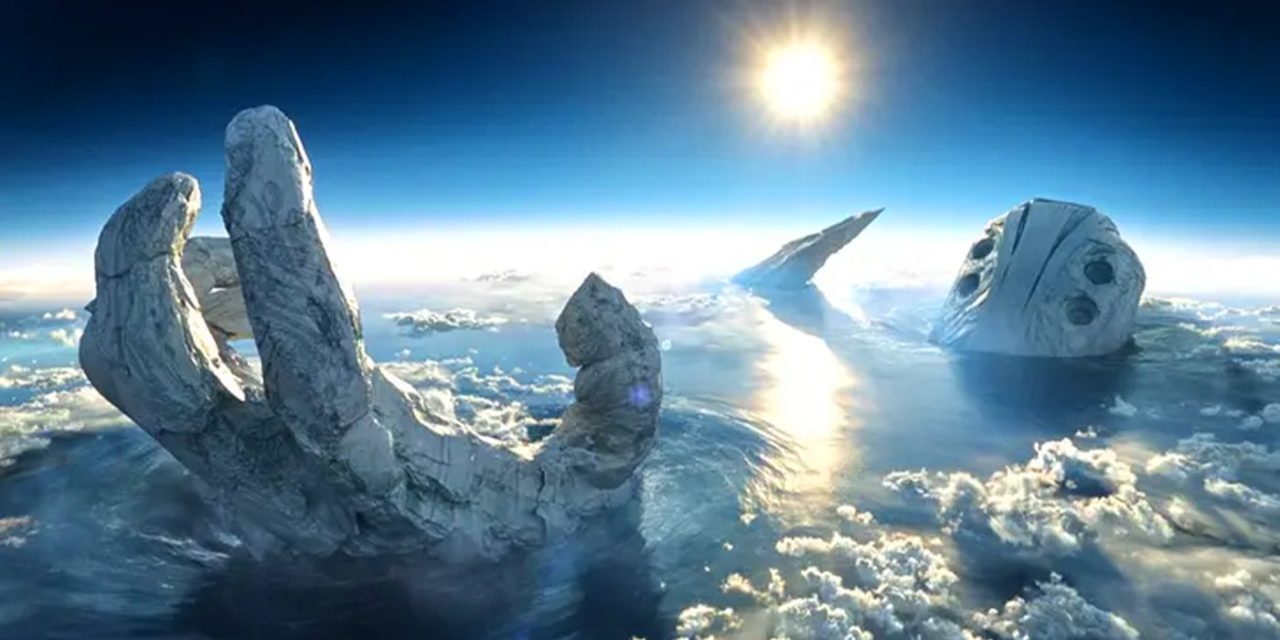
Chloé Zhao’s Eternals was perhaps the most divisive project in the MCU’s Phase 4, but Eternals also created one of the MCU’s biggest plot holes so far. As well as introducing audiences to the titular superpowered team, Eternals also featured the emergence of the Celestial Tiamut from within the Earth. After Tiamut was turned to marble by the Eternals, the Celestial froze as a monumental statue jutting out from the Earth’s surface. This surely would have been a global catastrophe, but only one project since has mentioned Tiamut, and that was only briefly in She-Hulk: Attorney at Law, so many questions have still gone unanswered.
13 The Avengers Didn’t Find Eternity In Avengers: Endgame
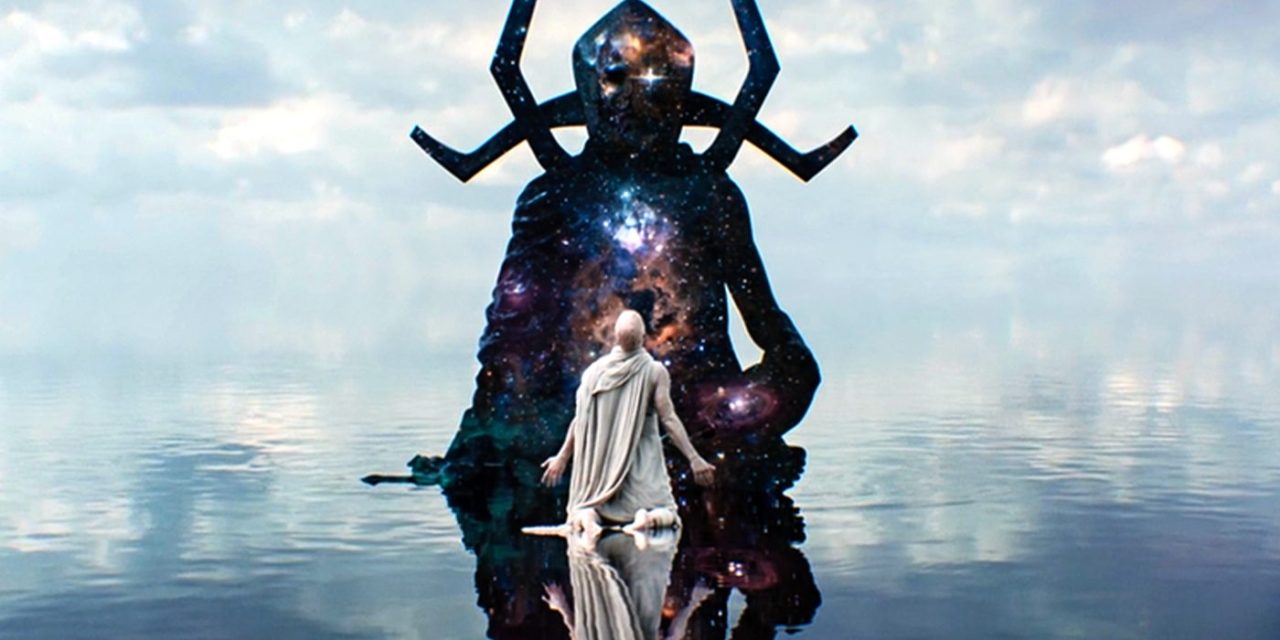
Taika Waititi’s Thor: Love & Thunder introduced one major Marvel Comics character to the MCU, but Eternity’s debut in Thor: Love & Thunder came with its fair share of questions. The cosmic entity is said to grant the wish of the first person who reaches it – who happened to be Gorr the God Butcher – but the fact that both Thor and Valkyrie knew of Eternity and its power raises a confusing point concerning Avengers: Infinity War and Endgame. Thor knew about Eternity, so the Avengers could have used the entity to defeat Thanos, but the God of Thunder neglected to share this information with any of his fellow heroes.
12 Odin Never Thought To Use Eternity Either
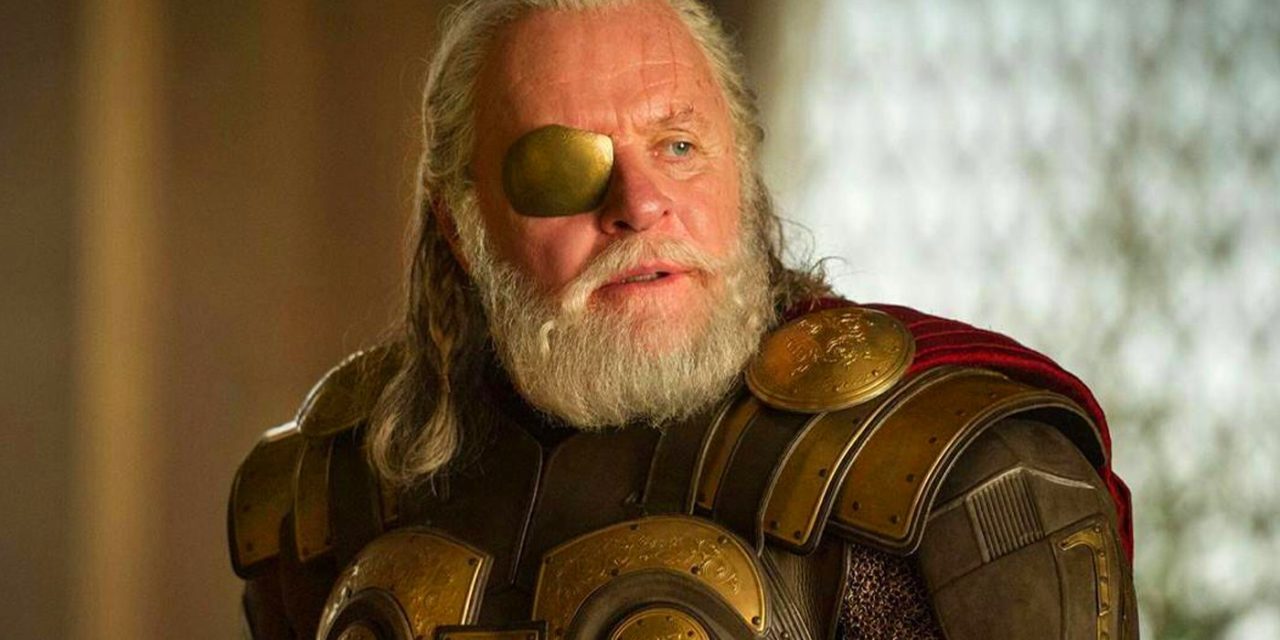
Eternity’s debut in Thor: Love & Thunder raises many more questions about all the possible characters who could have reached it before Gorr the God Butcher. For instance, if Thor knew about Eternity, it’s likely he learned this from his father, Odin, the former King of Asgard. It then becomes confusing why Odin would have never thought to make his way to Eternity to get his wish granted. Odin had previously waged war on the Nine Realms, seeking to conquer them, so this could have informed his wish. In Norse mythology, Odin is obsessed with gaining knowledge – Eternity perhaps would have been perfect for achieving this goal.
11 Wong Was Missing From Moon Knight (Despite Its Overt Magic)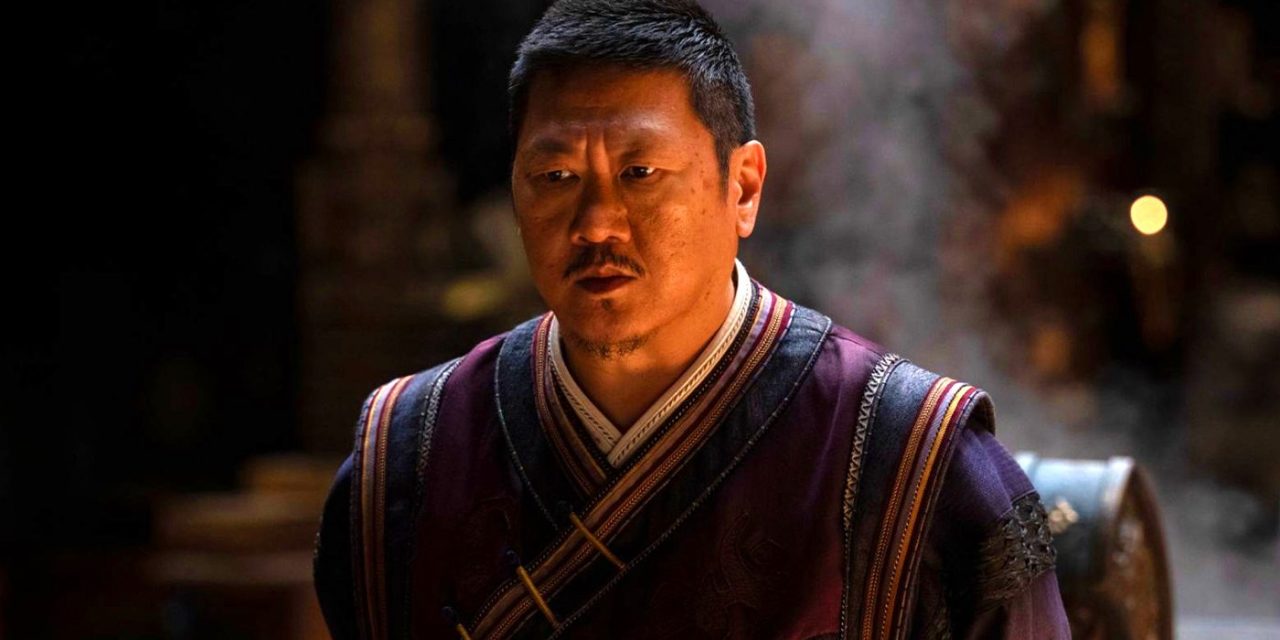
After debuting in 2016’s Doctor Strange, Wong made several cameo appearances during Phase 4 in projects such as Shang-Chi and the Legend of the Ten Rings, Spider-Man: No Way Home, and She-Hulk: Attorney at Law. As the MCU’s Sorcerer Supreme, it could be expected that Wong would show up anywhere magic was involved, but Wong neglected to appear in Phase 4’s Moon Knight, despite the Disney+ series involving several massive feats of magic. Moon Knight was produced a self-contained story in the MCU, but Wong’s appearance in the series could have helped cultivate clearer connections to the franchise.
10 Vulture Didn’t Return To The MCU After Spider-Man: No Way Home
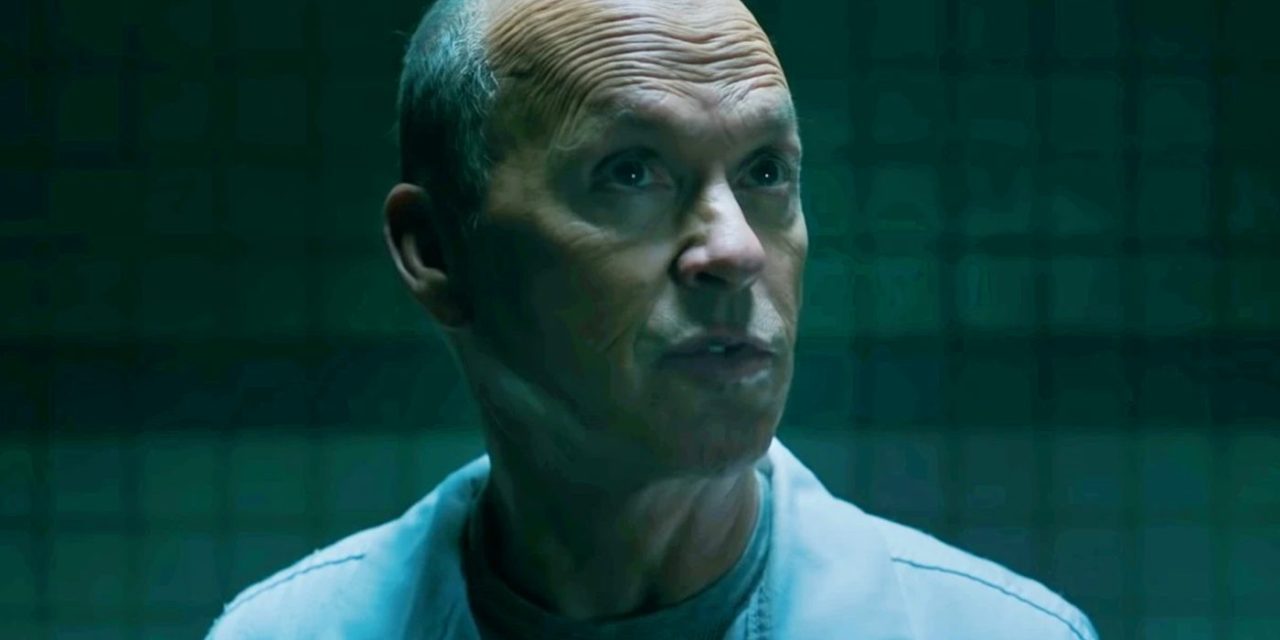
One of Phase 4’s biggest and most obvious plot holes actually took place over two separate franchises, as the MCU and Sony’s Spider-Man Universe (SSU) connected after Spider-Man: No Way Home. A botched spell by Doctor Strange in No Way Home brought several of Sony’s Spider-Man villains into the MCU, but this was reversed by the end of the film, sending them all home again. However, Morbius’ post-credits scenes revealed that one MCU villain, Michael Keaton’s Vulture, had been sent to the SSU and didn’t return to the MCU when the spell was reversed. This, frankly, makes no sense and completely breaks the rules set out in No Way Home.
9 The Avengers Do Get Paid, Contrary To Sam Wilson’s Comments
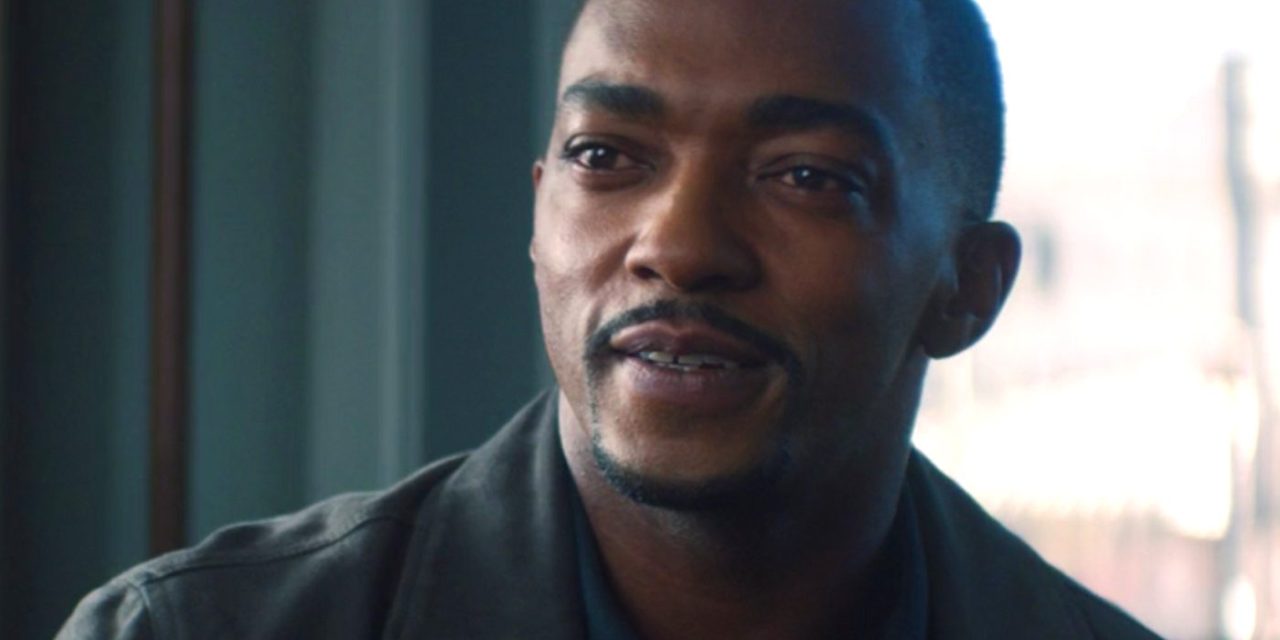
WandaVision and The Falcon and the Winter Soldier contradicted each other almost immediately in Phase 4. During the latter, Sam Wilson is questioned about whether the Avengers get paid or if there’s a fund to support them when applying for a bank loan, responding, “it doesn’t really work like that.” WandaVision confused this, as Vision was able to buy a plot of land in Westview for him and Wanda Maximoff to grow old in. The Avengers not getting paid is an important plot point in The Falcon and the Winter Soldier, but if even Vision – a synthezoid – can afford land, there must be a pay structure in place.
8 The TVA Had Nothing To Do With Spider-Man: No Way Home
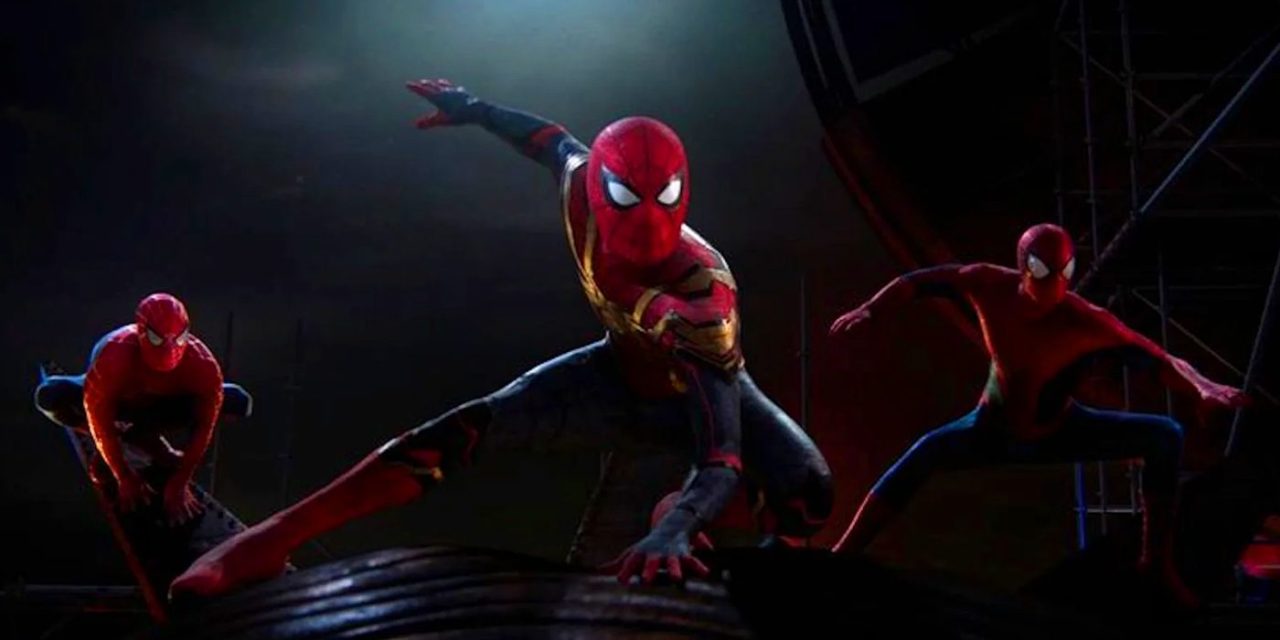
Loki introduced the Time Variance Authority (TVA) to the MCU, with workers who oversee the stability of the multiverse. However, it soon became clear that the TVA didn’t function as it should have, as they were nowhere to be seen during the multiverse-meddling events of Spider-Man: No Way Home and Doctor Strange in the Multiverse of Madness. It’s possible these projects took place after He Who Remains’ death in Loki season 1, so perhaps the TVA had no way of intervening. However, their time travel tech and usually-punctual timing mean a few TVA agents should have shown their faces. Perhaps this can get explained in the MCU’s Spider-Man 4.
7 2014 Gamora Is Still Alive After Avengers: Endgame
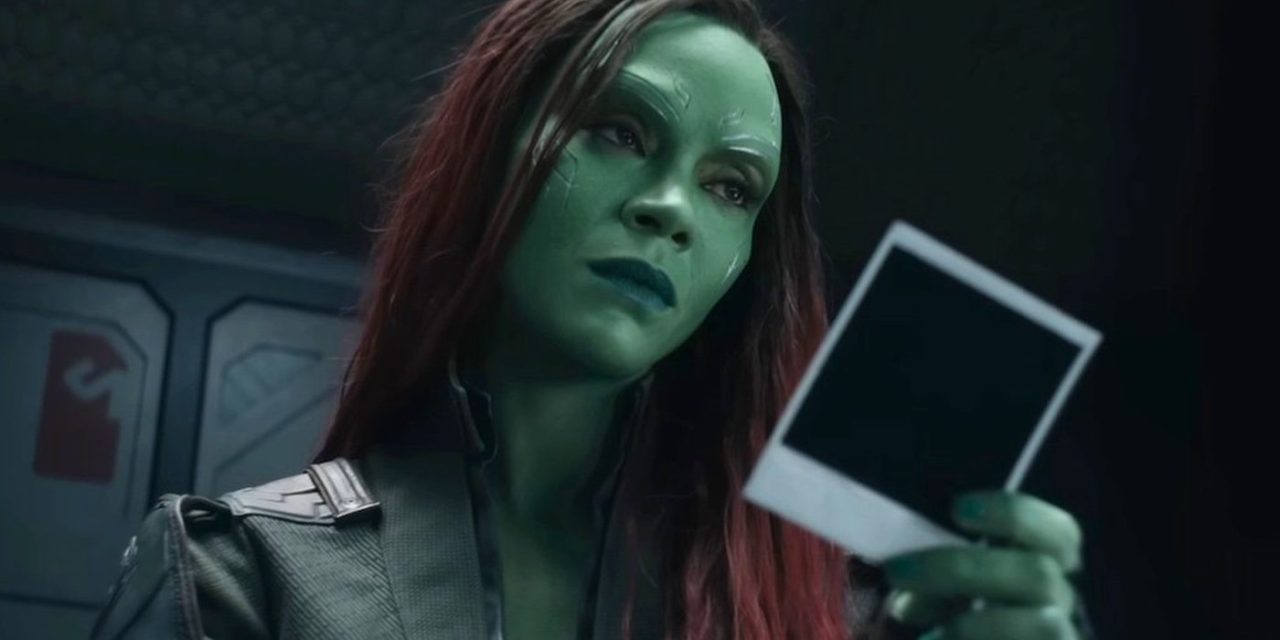
Though not part of Phase 4, Avengers: Endgame created a huge MCU plot hole that is still very prevalent in the current franchise. When the 2014 variants of Thanos, Gamora, and Nebula make their way to 2023’s Earth, Nebula is killed by her variant, and Thanos and his armies are erased by Iron Man. However, Gamora survives this attack, despite being affiliated with Thanos. Phase 5’s Guardians of the Galaxy Vol. 3 briefly suggested this could have been the work of the Soul Stone or the “magic cliff” on Vormir, but no concrete answer has been provided as to why the 2014 version of Gamora survived Tony Stark’s snap.
6 Doctor Strange 2 Made Mysterio’s MCU Plot Hole Weirder
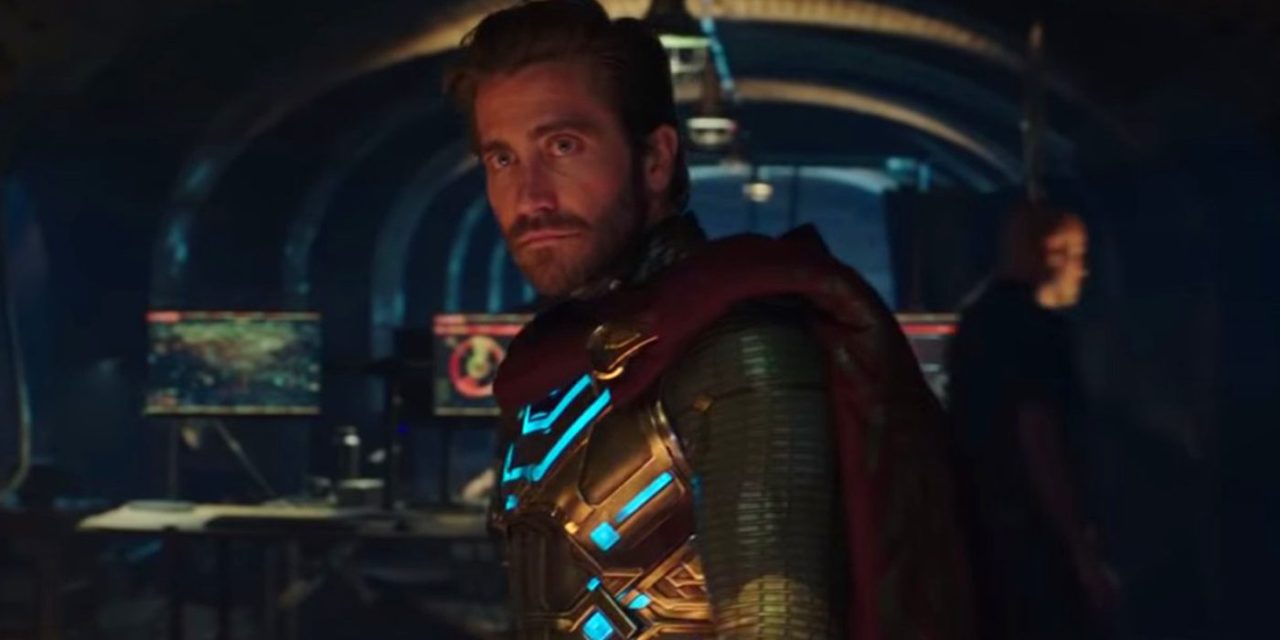
Initially believed to be named Earth-199999, Doctor Strange in the Multiverse of Madness retconned the MCU’s reality to be the same as that from Marvel Comics, Earth-616. If that sounds familiar, it’s because Mysterio mentioned that the MCU was Earth-616 when he was still proclaiming to be from Earth-833. However, Mysterio was soon outed as a fraud and not a multiversal traveler at all, which raises the question as to how he knew what designation the MCU’s Earth would have. The fact that Multiverse of Madness reinforced this point makes this plot hole even weirder – Mysterio wouldn’t know what numbered reality the MCU would be, but somehow he did.
5 Black Panther: Wakanda Forever Confuses Iron Man 2’s Atlantis Tease
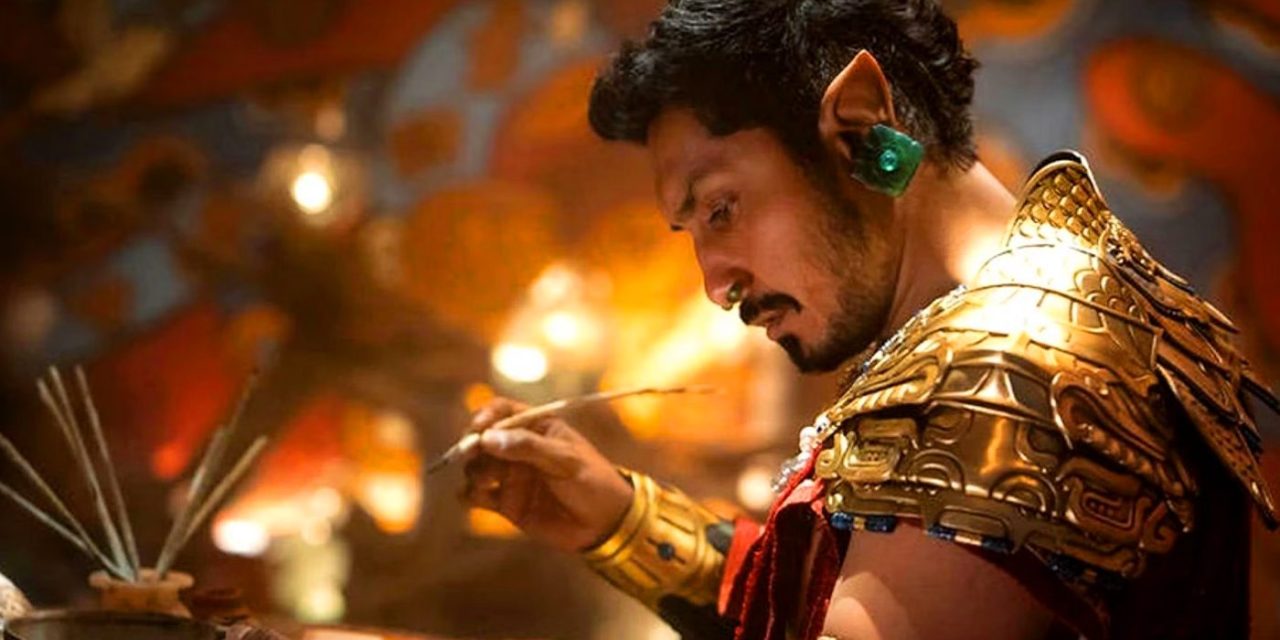
Long before Namor’s actual debut in the MCU, Iron Man 2 included an Easter egg pointing to the existence of Atlantis, Namor’s home in Marvel Comics. When Black Panther: Wakanda Forever eventually came around, however, the location, name, and cultural significance of Namor’s underwater city was changed significantly – with it even being moved from off the coast of Africa to the Yucatán Peninsula. During Iron Man 2, plans wouldn’t have been in motion for Namor’s MCU introduction, but Black Panther: Wakanda Forever still creates a plot hole for the debut of Talokan and the highly-anticipated Sub-Mariner.
4 Mobius Didn’t Recognize Loki In The MCU’s Phase 4
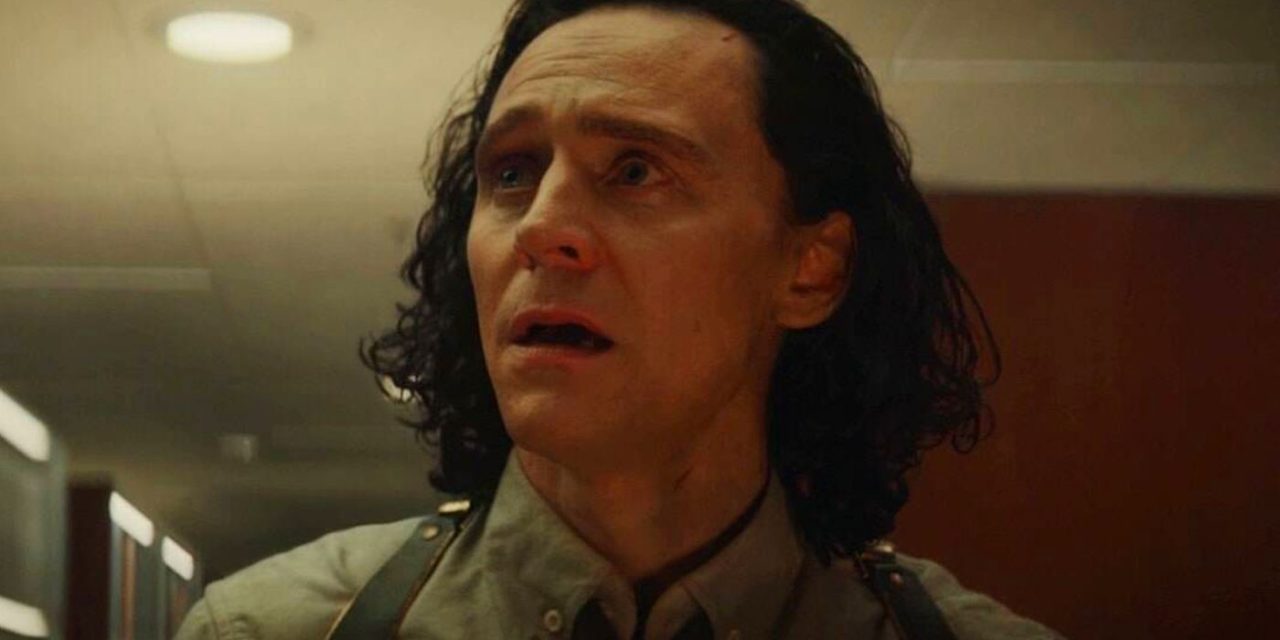
Loki season 1 established the titular God of Mischief as one of the most common TVA variants, so season 1 creates a major plot hole that will be difficult to explain in the upcoming season 2. After He Who Remains’ death, Loki is pushed back into the TVA only to find himself in a version of the organization where nobody, including Mobius, recognizes him. As a common offender, Loki should be recognized, unless he is in a reality where there are no Loki variants at all. This creates a greater issue, as it was assumed there was only one TVA, so then the existence of alternate versions doesn’t entirely make sense.
3 Spider-Man Is Still Implicated In Mysterio’s Death
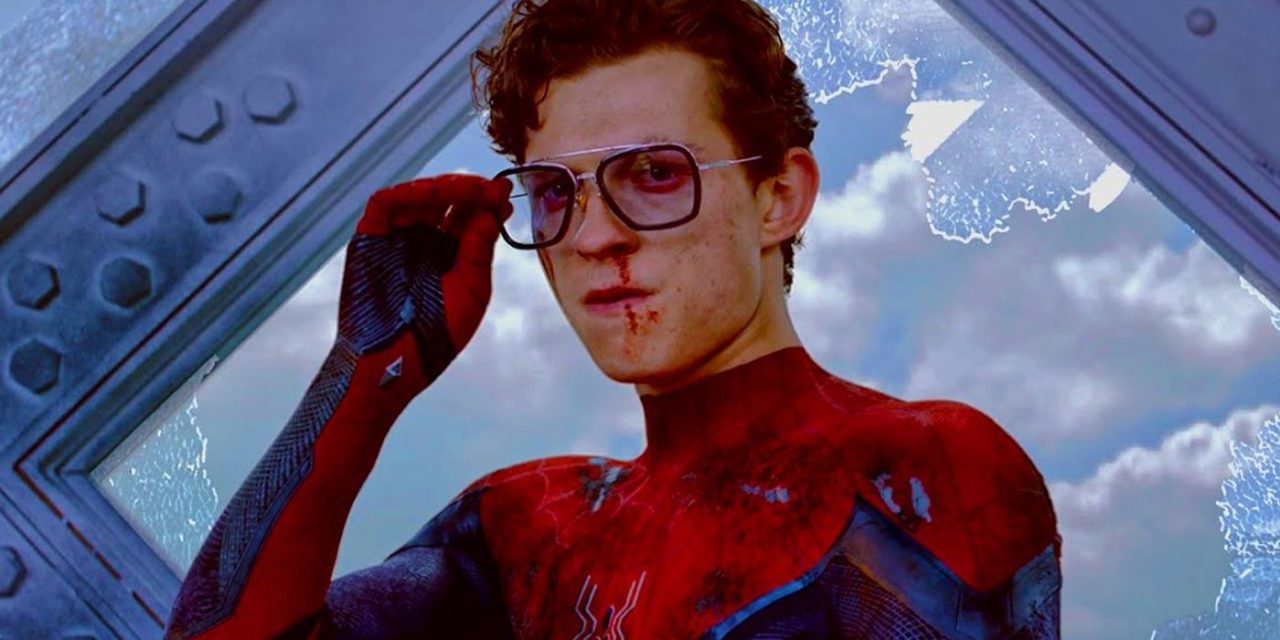
Peter Parker might have been forgotten thanks to Doctor Strange’s memory-wiping spell at the end of Spider-Man: No Way Home, but Spider-Man hasn’t – and neither has J. Jonah Jameson’s news broadcast in the post-credits scene of Spider-Man: Far From Home. This means that Spider-Man should still be a wanted man, as he must still be implicated in the death of Mysterio. Subsequent projects such as Doctor Strange in the Multiverse of Madness and Ant-Man and the Wasp: Quantumania seemed to confirm that Spider-Man is still a highly-respected superhero, and Mysterio’s death seems to have been completely erased from people’s minds too.
2 Moon Knight’s Ennead Confuses The MCU’s Infinity Stones’ Origins
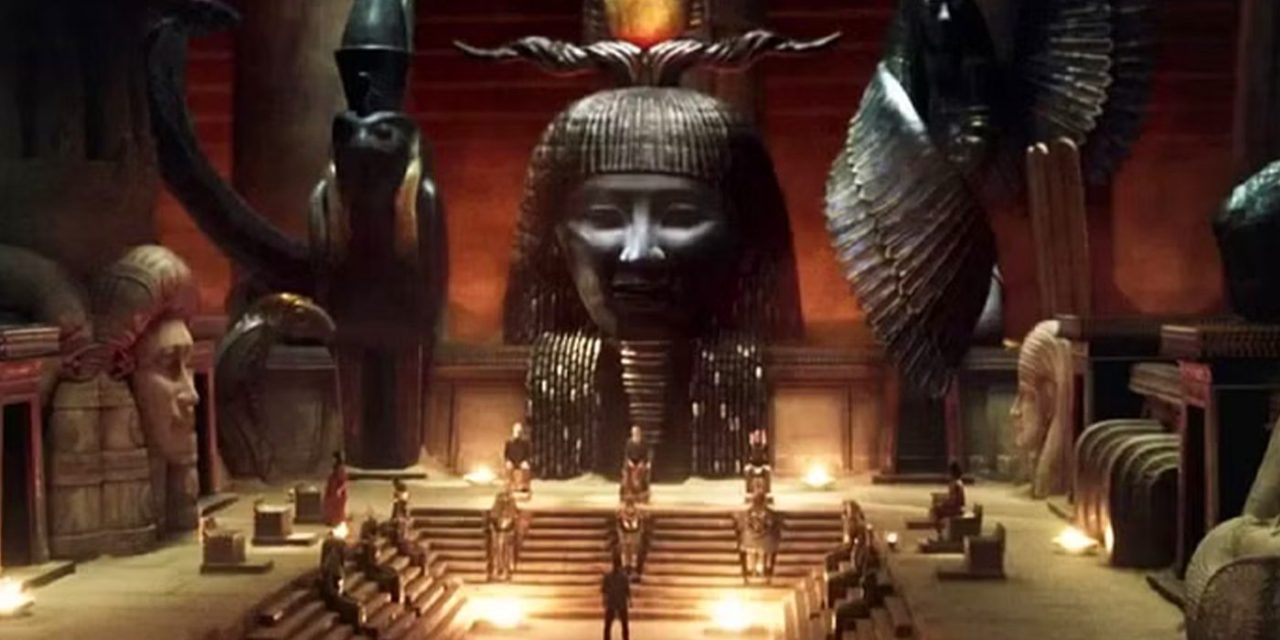
Marvel Studios has a talent of using ancient mythologies as the basis for their heroes, and Moon Knight’s Ennead is no exception. In Egyptian mythology, the Ennead was a group of nine deities, each personifying an aspect of nature, and five of whom created the world. This directly contradicts the origin story of the MCU already set out in previous projects – made true by the debut of the Infinity Stones. The Ennead creation theory and the Big Bang theory can’t both be true at the same time, though Moon Knight did nothing to explain that the existence of the Ennead might suggest a different origin story for the entire MCU.
1 Thor: Love & Thunder’s Gods Are Inconsistent With The Rest Of The MCU
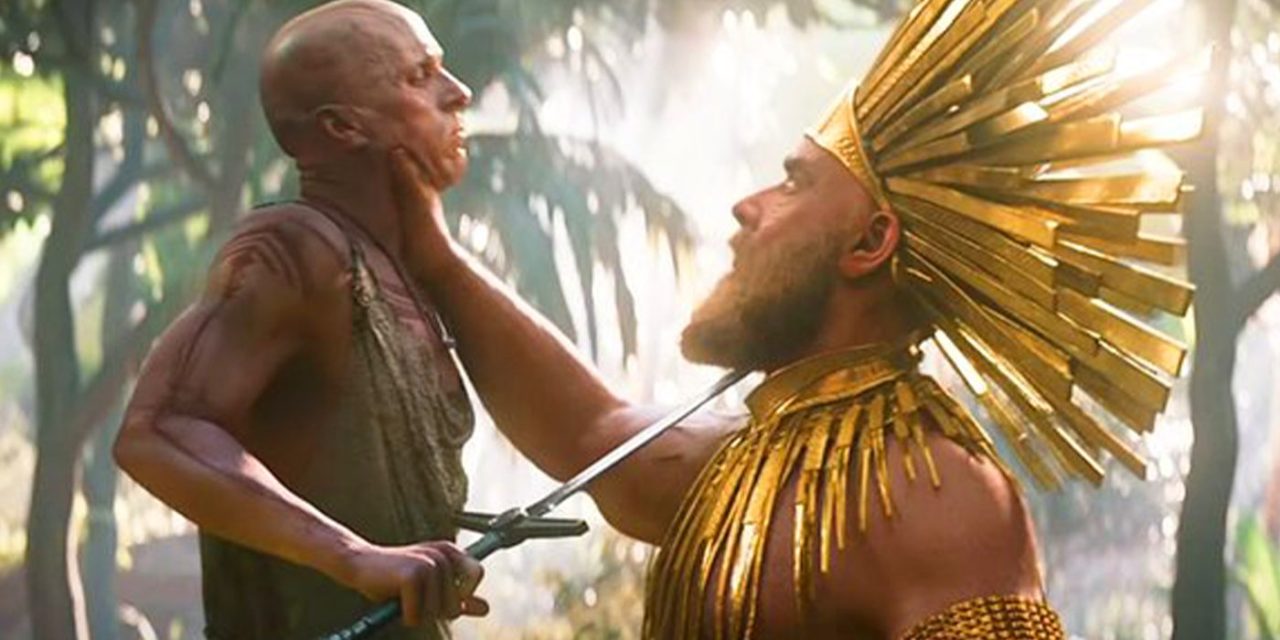
The idea of gods has been in the MCU since 2011’s Thor, which introduced the Norse deities as alien beings – though they still consider themselves gods. Phase 4’s Thor: Love & Thunder saw Thor and his crew travel to Omnipotence City, meeting many new MCU gods. When these gods are killed, they dissolve into a spray of gold particles, and while this has been known to happen in previous MCU projects, such as with Odin in Thor: Ragnarok, several other gods didn’t get this glamorous treatment. Loki, Heimdall, and various Thor variants in What If…? died as any human would, creating a huge inconsistency in the MCU’s Phase 4.



